Keran Valley : A Comprehensive Guide to Nature's Hidden Paradise
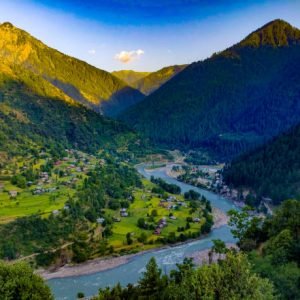
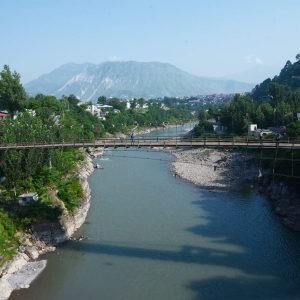
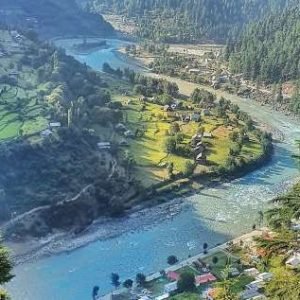
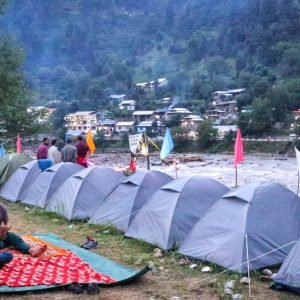
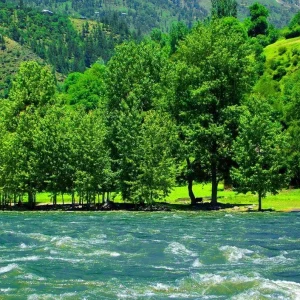
Table of Contents
Toggle1. Introduction
Keran Valley, nestled right in the center of Neelum Valley, is a tranquil and breathtakingly beautiful destination that offers an ideal blend of natural beauty with aspects of culture. Keran Valley has lush green landscapes combined with sparkling rivers and towering mountains, hence acting as a hen that lays the golden egg. Whether one’s interest is in nature, adventure, or peace, there is something available for them here.
2. Geography and Location
a. Where is Keran Valley?
Keran Valley is within Kupwara, Jammu, and Kashmir, India. The valley runs along the Neelum River and faces the Indian-administered part of Kashmir. The valley is about 155 kilometers from Srinagar, which is the capital of Kashmir. It is accessible by a serpentine road that goes across Neelum Valley.
b. Climate and Best Time to Visit
The climate of the Keran Valley varies from temperate to quite cool. The summers are temperate, while the winters are cold. The best time for visiting is between April to October when the weather is mild and the valley seems most spirited. During this period, this place is most ideal for treks, outdoor activities, and other exploratory ventures with lush greenery, blooming flowers, and clear blue skies. Winters are great with snowfall, but it is also a challenging time because roadways tend to be shut down and temperatures remain cold.
3. Historical Background
a. Keran Valley: The Historical Perspective
Keran Valley is bathed in rich history and cultural heritage rooted in the wider annals of Kashmir. The valley has witnessed, over centuries, the influence of various dynasties and cultures, from the ancient Hindu rulers to the Mughal Empire. The valley represents an important historical site at this strategic location along the Neelum River, especially considering the long-standing territorial disputes between India and Pakistan regarding the status of Kashmir.
b. Cultural Significance
This valley is a home to people of many different cultural backgrounds. Most of the inhabitants of the valley of Keran are ethnic Kashmiris. They have kept their traditions and lifestyle almost intact despite the difficult geopolitical situation in the region. The predominant culture which the locals follow is a mix of Kashmiri, Central Asian, and South Asian cultures. This fact reflects in the language, cuisine, and the traditions of the people.
4. Natural Beauty and Attractions
a. Scenic Landscapes
Keran Valley is mainly known for its magnificent landscapes. It possesses rolling hills, heavy forests and above all the twisted shape of Neelum River which makes the area all the more tempting. Its scenery is also decorated with the presence of snow-capped peaks hanging in background which provides a fascinating glimpse for every visitor.
b. Neelum River
The main items of attraction in the area include the Neelum River that flows through the Keran Valley. The crystal-clear waters of the river are a sight to see, while the gurgling sound of running water enhances the serene surroundings of the valley even more. The river is famous for trout fishing as well.
c. Flora and Fauna
Keran Valley is a home to all types of biodiversity for nature lovers. Main species of flora include pine, deodar, and cedar trees. As far as fauna goes, main attractions include Himalayan brown bears, leopards, and many bird species, thus being an ideal destination for wildlife lovers and birdwatchers.
5. Nearby Attractions
There are a number of other attractions around Keran Valley which are worth seeing. These include:
a. Shounter Valley: Basically famous for landscapes and Shounter Lake, trekkers love this area.
b. Sharda: It is famous for its historical importance and ruins of the ancient University of Sharda.
c. Kel: A beautiful little town; it actually acts as a base for the surrounding areas, one of the main attractions being Arang Kel.
6. Activities in the Keran Valley
a. Trekking/Hiking
From easy walks along the river to more challenging treks into the surrounding mountains, Keran Valley offers a number of trekking and hiking opportunities for adventure seekers. Arang Kel trek, Shounter Lake trek, and other routes are also quite famous among the tourists visiting Keran.
b. Camping
Trekking in the Keran Valley is a perfect way to get into nature. The serene environment of the valley just provides the right kind of background for a night under the stars. A number of campsites have been made operational, where basic facilities are available for campers.
c. Fishing
The Neelum River contains a lot of trout and is, in fact one of the prime spots for it. One can literally sit for hours on the banks, basking in the serenity of the surroundings and waiting for the wily fish to get caught. Ensure permits are obtained before starting fishing.
d. Photography
This is a very picturesque valley and, therefore, a photographer’s dreamland. Whether one is a professional photographer or not, the beauty of the valley-from the misty mountains to the vibrant flora-is something that one will just love to capture.
e. Bird Watching
The reason being, Keran Valley shelters very variant bird life, making it an excellent destination for bird watchers. A number of species of birds such as Himalayan monals, pheasants, and eagles inhabit there. The perfect time to sight these beautiful creatures is early in the morning.
7. Accommodation and Facilities
a. Hotels and Guest Houses
Starting from Budget guest houses to reasonable comfort hotels, most of which are family-run, offering a very warm and traditionally Pakistani experience. Some of the famous options include the Keran Resort and the Neelum Valley Hotel.
b. Camping Sites
There are a few campsites around the vicinity of Keran Valley for the nature lovers who want to be closer to Mother Nature. The campsites have all the basic facilities and are set up at beautiful locations that give the campers ample time to enjoy the valley’s beauty.
c. Dining Options
In Keran Valley, certain restaurants serve the traditions of food. Do not hesitate to taste food items like Rogan Josh, Gushtaba, and well-known Kashmiri chai. Being an area away from cities, only a few options could be found for dining, but whatever is available tastes good and is prepared with local products.
d. Local Bazaars and Shopping
Though not being a shopping destination, there are small local markets selling handicrafts, traditional Kashmiri shawls, and other souvenirs within reach for the visitors. It is very considerable to support the local artisans by purchasing such stuff which will subsequently help in boosting the local economy.
8. How to Reach Keran Valley
a. Road
It is accessible by road from Muzaffarabad, which takes approximately 3-4 hours with breathtaking views of the Neelum Valley. The road is narrow and serpentine, driving carefully will be recommended. In case one does not feel comfortable driving himself, services of local drivers or public transport can be utilized.
b. Public Transport Options
From Muzaffarabad, there is public transport available to Keran Valley but it is a bit crowded and not very comfortable. There are buses and vans that run on a routine basis. It will be very cheap, but not as comfortable as a private taxi.
c. Self-Driving Tips
Note, though, if you drive yourself, that your vehicle should be in good condition to take the rough roads ahead. It is also important to know the weather forecast at the time of your journey, as heavy rains might lead to landslides, and hence making it difficult to travel.
9. Cultural Experience
a. Local Traditions and Customs
The people of the Keran Valley are warm and friendly. Tourists are allowed to experience village culture firsthand in interaction with villagers, participation in traditional activities, and learning lifestyles. It is also important to respect local customs and traditions when visiting.
b. Festivals and Events
Different local festivals occur throughout the year in the Keran Valley, starting from crop sowing and harvesting to traditional and religious events. These will offer you a great look into the local culture, and this could well be a part of a once-in-a-lifetime experience.
c. Interaction with the Local Community
It is recommended that visitors interact with the local people through homestays, visits to schools, and participation in community activities among others. This does not only make your travel experience richer but also helps in supporting the local economy.
10. Travel Tips and Essentials
a. What to Pack
Also, while visiting the Keran Valley, it is important to pack accordingly depending on the weather. Light clothes with a jacket for summer are ideal, while heavy clothes with thermal wear are great for winter. Also, remember to carry strong shoes for trekking, a first-aid kit, and a camera because the views are breathtaking.
b. Safety and Health Precautions
Keran Valley is a pretty safe destination, though basic precautions ought to be observed. It is always a good idea to let someone know one’s itinerary and the expected time of return, especially if one intends to trek or venture deep into the interior areas. Similarly, it is always better to carry one’s own small first-aid kit with oneself and some essential medicines.
c. Local Etiquette
Respect the local culture and religious traditions. Dress decently, and especially so when sightseeing at any place of religious importance and interacting with the locals. Photography, in general, is not an issue, however permission should be sought before photographing people or private property.
11. Sustainable Tourism in Keran Valley
a. Environment Conservation
The pristine environment of the Keran Valley is considered one of the best assets. It is highly recommended that one should exercise the best possible tourism habits to have minimum harm on nature. This includes littering as minimal as possible, avoiding the use of certain products, and not going off the paths to avoid harming the natural habitat in any manner.
b. Supporting Local Communities
Sustainable tourism also involves supporting the host communities. You could do this through keeping to local accommodations, shopping from local artisans, and therefore respecting your cultural footprint. By doing so, you will actually contribute to making the presence of tourists felt by the residents in the Keran Valley.
12. Conclusion
The Keran Valley is a powerhouse of experiences, which might re-energize one’s senses of the great outdoors, rich cultural traditions, and soft adventures in an awesome setting. Keran Valley invites you to savor your holiday here for a short or longer period, affording a worthy journey of lifetime memories and new discoveries. Reach the hidden paradise, blend into the culture, and enjoy every single thing Keran Valley has to offer you, all with due respect to the surroundings.
How to book a trip to Keran Valley, India with Charzan Holidays?
For a seamless and exceptional booking experience, contact Charzan Holidays at reservations@charzan.in or call us at +919622224473
Frequently Asked Questions
1. What is Keran Valley? | |
| Keran Valley is a picturesque valley located in the Kupwara district of Jammu and Kashmir, India, known for its stunning natural beauty and tranquil environment. | |
2. Where is Keran Valley situated? | |
| Keran Valley is situated near the Line of Control (LoC) with Pakistan, approximately 90 kilometers from Srinagar. | |
3. What is the best time to visit Keran Valley? | |
| The best time to visit is from April to October when the weather is pleasant, and the landscape is lush and green. | |
4. What activities can I do in Keran Valley? | |
| Visitors can enjoy trekking, camping, nature photography, bird watching, and exploring the local culture and traditions. | |
5. How can I reach Keran Valley from Srinagar? | |
| Keran Valley can be reached by road from Srinagar, typically via Kupwara, followed by a short drive to the valley. | |
6. Is Keran Valley safe for tourists? | |
| Yes, Keran Valley is generally safe for tourists, but it’s advisable to check current travel advisories due to its proximity to the LoC. | |
7. Are there accommodations available in Keran Valley? | |
| Accommodation options are limited, but there are some guesthouses and homestays available in nearby villages. | |
8. What wildlife can be found in Keran Valley? | |
| The valley is home to diverse wildlife, including various bird species and small mammals, making it a great spot for nature enthusiasts. | |
9. What are the key attractions in Keran Valley? | |
| Key attractions include the breathtaking landscapes, lush meadows, and traditional villages, as well as the nearby Kishenganga River. | |
10. Is there mobile network coverage in Keran Valley? | |
| Mobile network coverage can be limited in Keran Valley, so it’s advisable to inform someone about your plans and carry necessary supplies. | |
11. Can I go fishing in Keran Valley? | |
| Yes, fishing is possible in the nearby rivers and streams, but it’s essential to check local regulations and practice sustainable fishing. | |
12. What is the elevation of Keran Valley? | |
| Keran Valley is situated at an elevation of approximately 1,800 meters (5,905 feet) above sea level. | |
13. Are there any environmental concerns to consider while visiting? | |
| Yes, visitors should engage in eco-friendly tourism by not littering, respecting wildlife, and following guidelines to preserve the natural environment. | |
14. Can I trek to nearby areas from Keran Valley? | |
| Yes, Keran Valley serves as a base for several trekking routes, offering opportunities to explore the surrounding mountains and valleys. | |
15. Are there guided tours available for Keran Valley? | |
| Yes, local tour operators may offer guided tours and trekking packages to Keran Valley, providing insights into the region’s ecology and culture. |


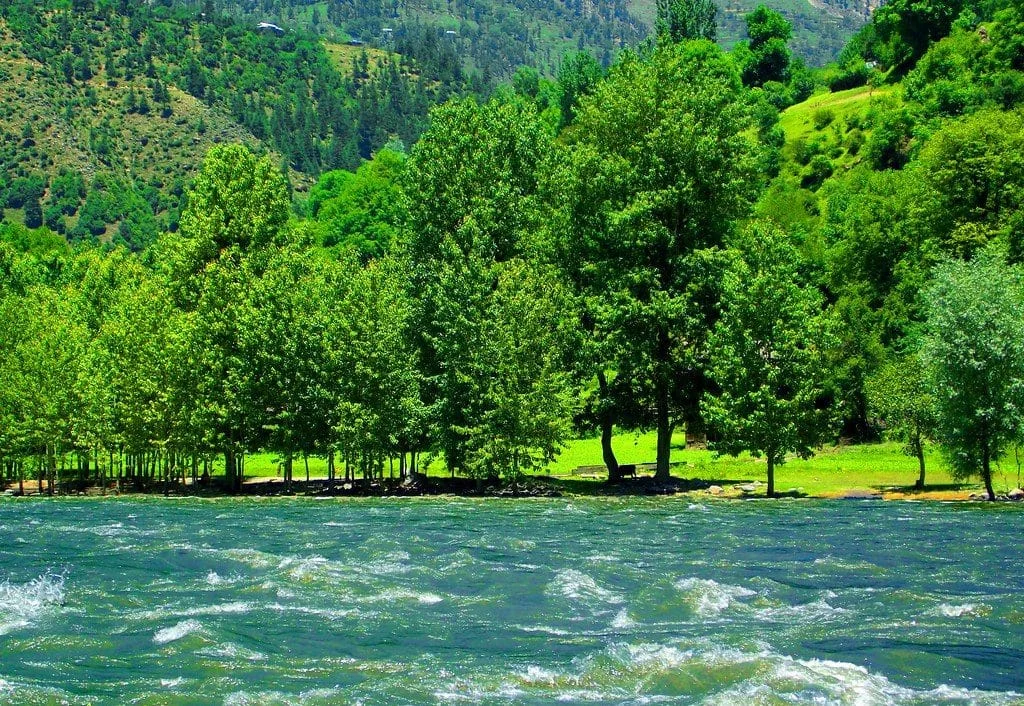
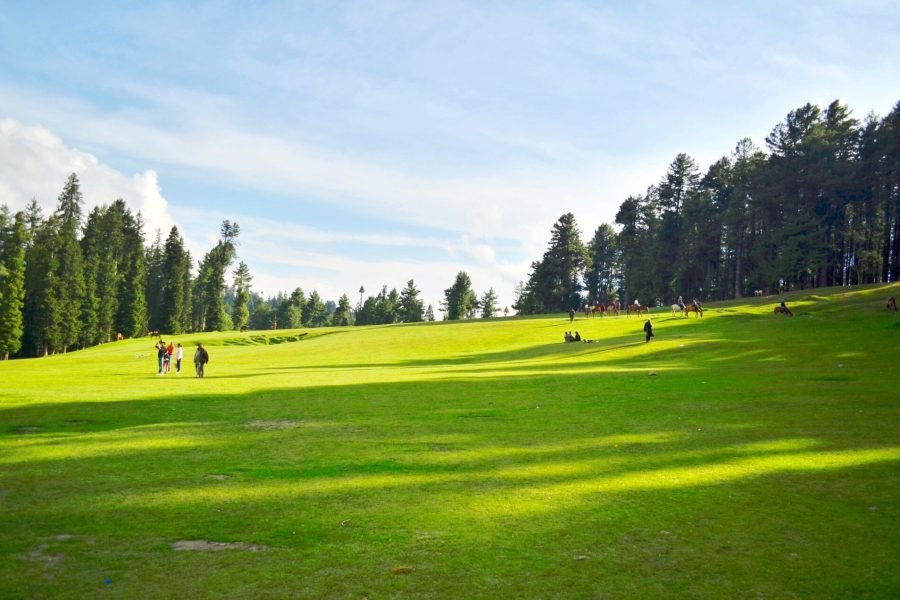
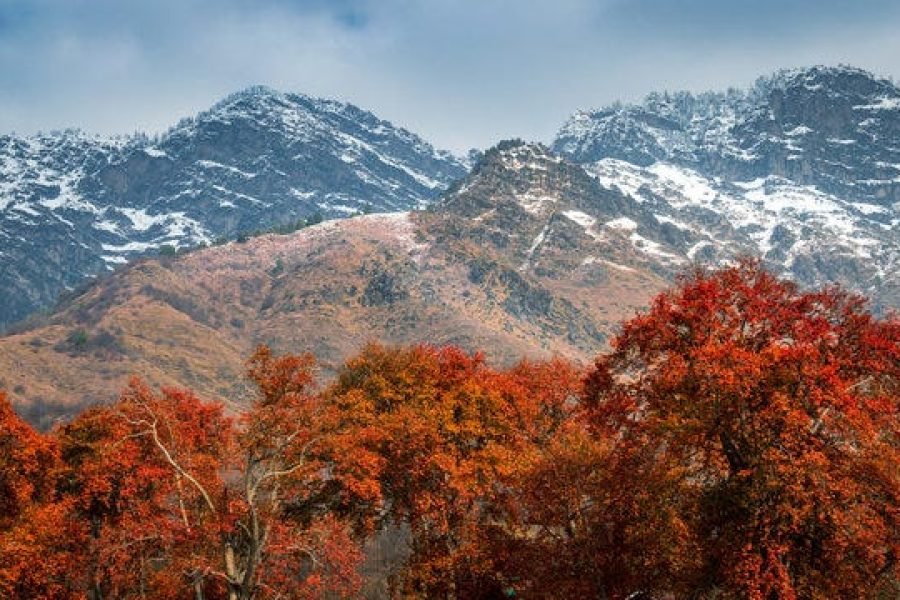
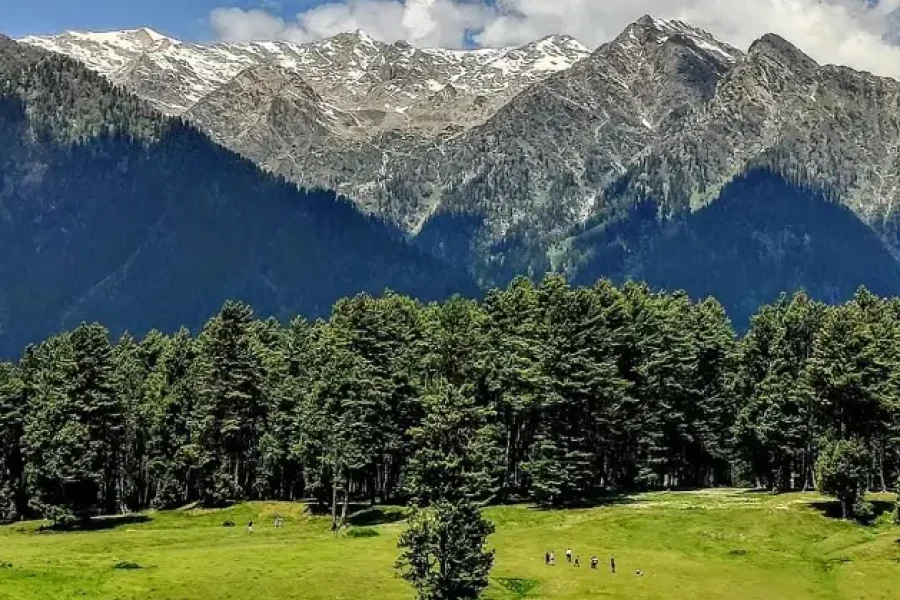
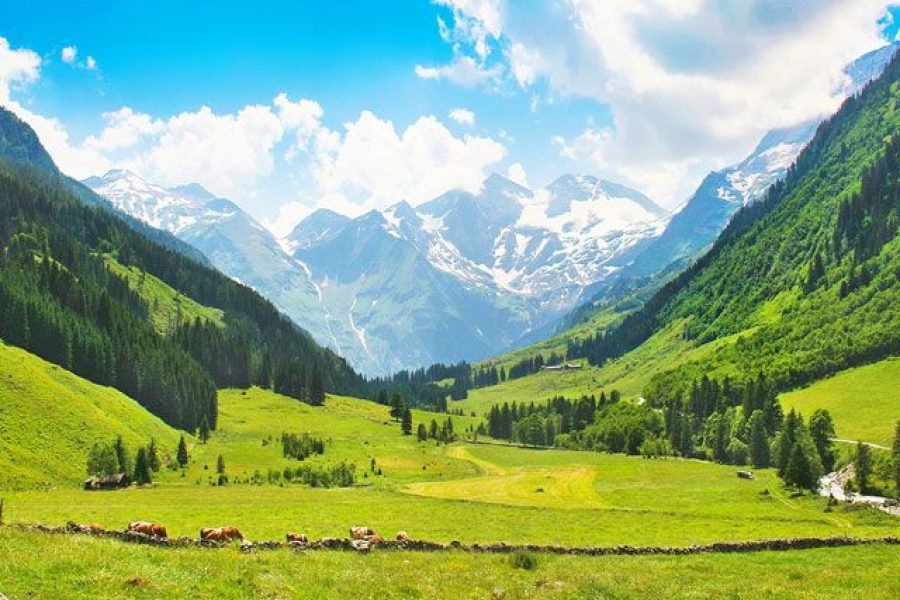
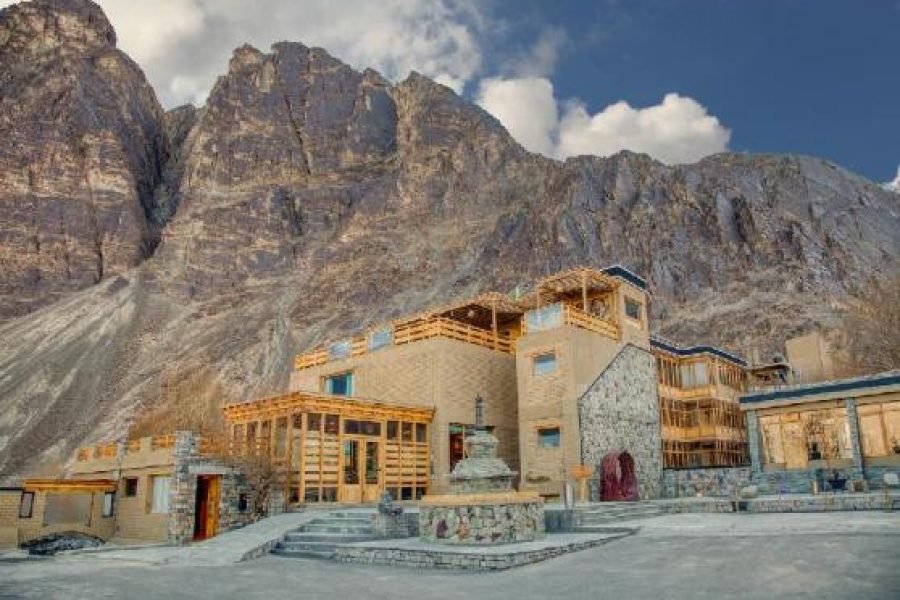
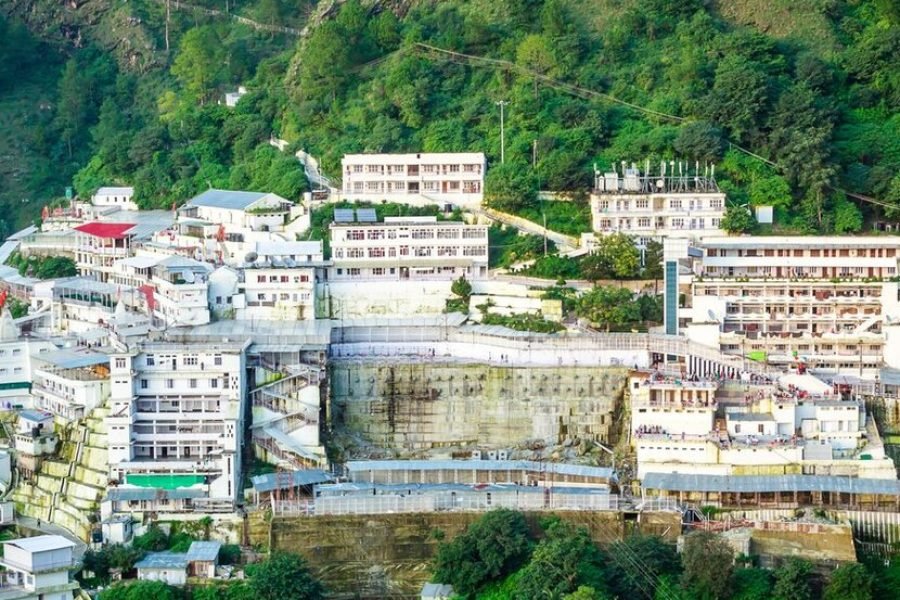
0 Comment